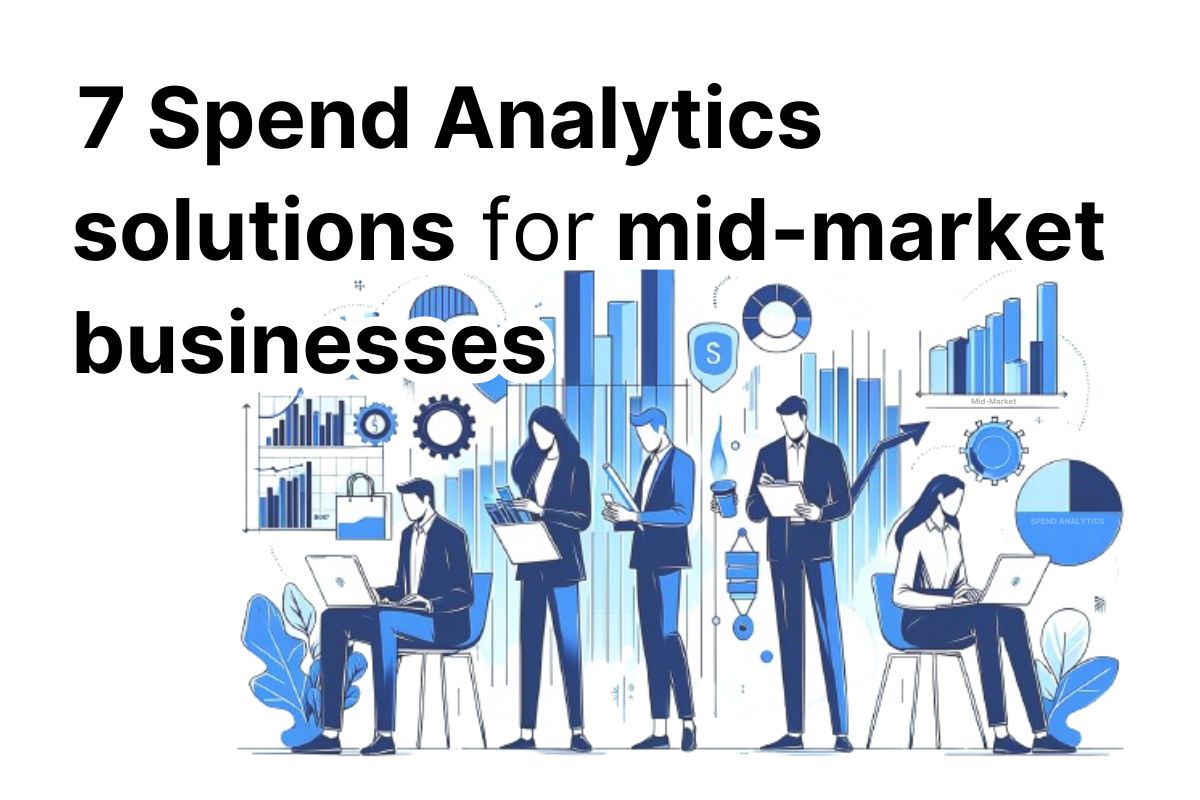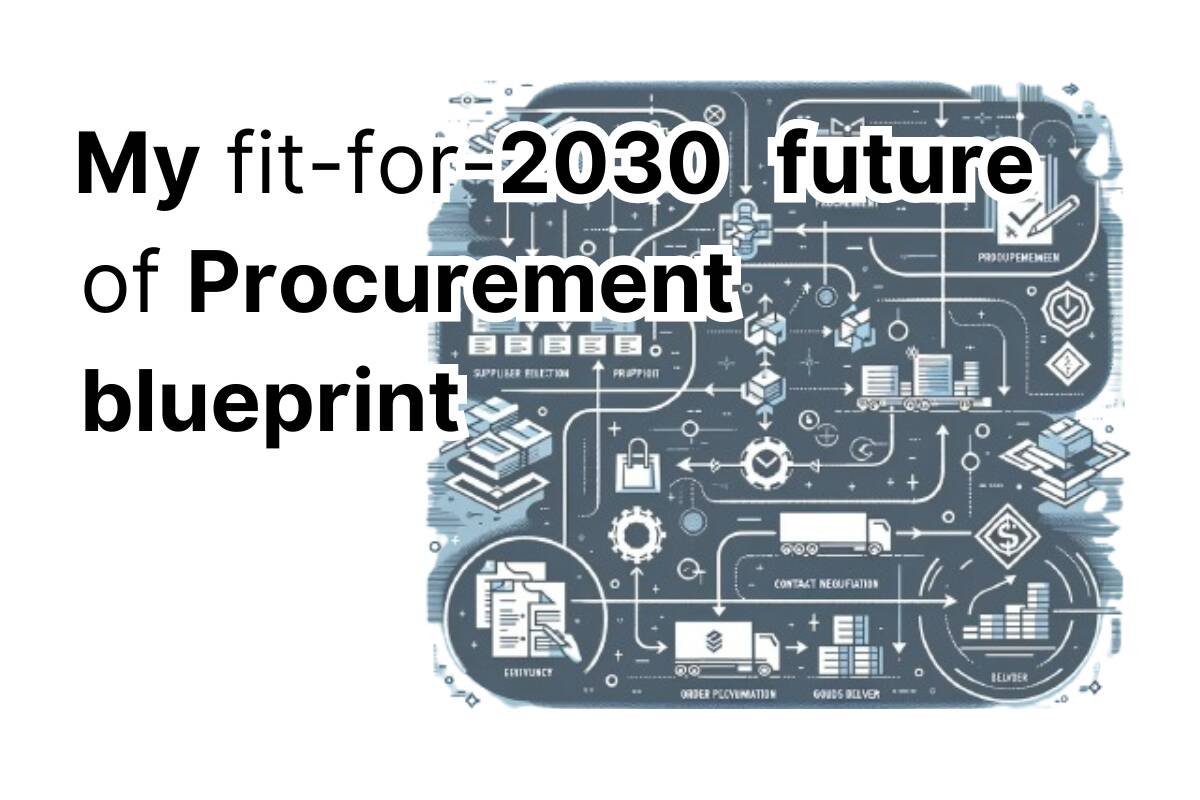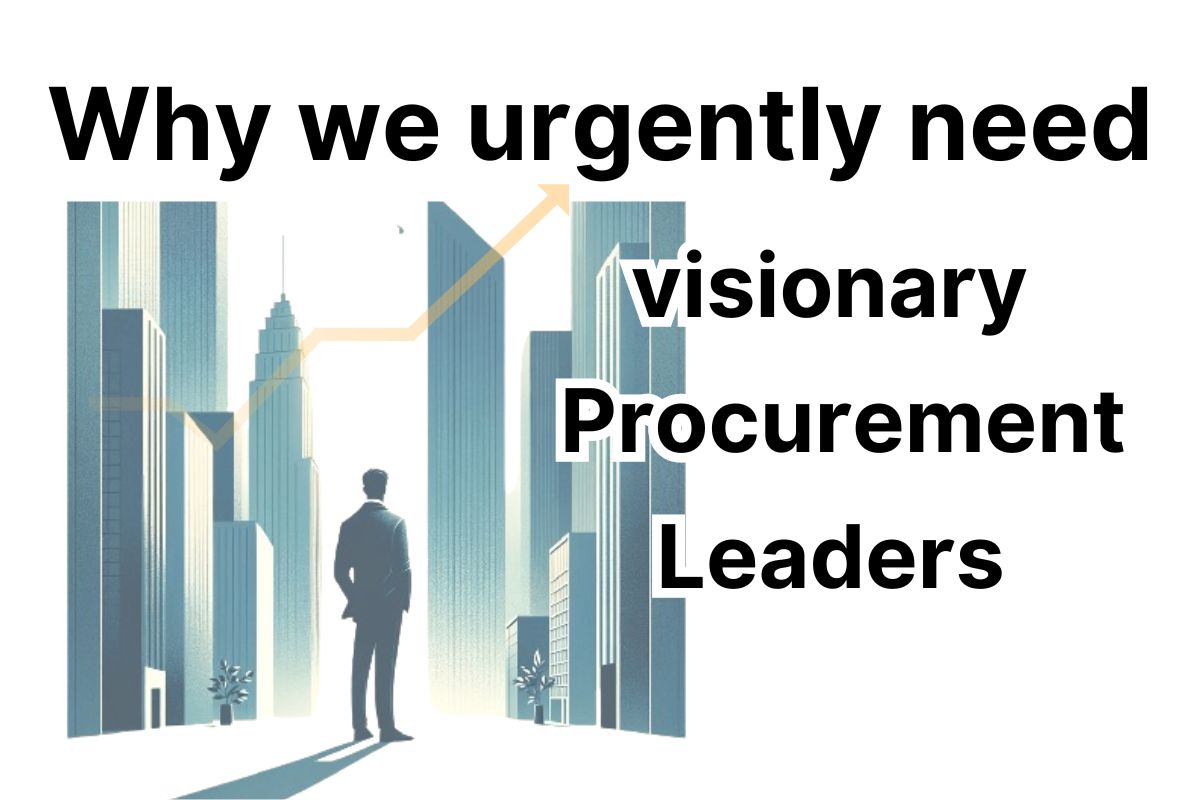Like it or not, cost avoidance is a hard sell to most CFOs. Procurement organisations are still primarily measured on cost savings.
Despite the movement towards a broader value-driven view of procurement excellence and how we contribute to the wider business (people, planet, profit), the reality is that even though there is a tacit, newly found appreciation that buyers deliver more than just bottom line savings, it often isn’t reflected in their annual objectives.
For anyone working in indirect procurement, this is especially frustrating. Unlike for those who purchase direct materials, it’s much trickier to measure hard savings – i.e. those which are easily visible on the P&L statement – in the indirect space.
It’s not only a problem for indirect spend though. It can also be hard to gain recognition for contribution towards the bottom line business performance in direct materials. Examples of this are deferring the impact of commodity price increases, or just offsetting inflationary pressures to stand still.
Procurement’s relationship with Finance often hits the rocks when we see inflexible, rigid definitions of what they would typically acknowledge as “savings”.
In this post, we’re going to look at two areas where Procurement teams typically spend a lot of effort, but often struggle to get recognition:
- Cost avoidance (including price increase deferrals)
- Driving value through strategic sourcing and supplier collaboration
Acknowledging cost avoidance: Procurement performance KPIs on hard savings alone is futile
Many companies only acknowledge savings based on Purchase Price Variance, or PPV. This is usually measured against budget standard costs, which are based on last price paid or moving average price.
Great for repeatable purchases. But what about items that are only purchased once, or at best infrequently?
How do you measure the added value or the economic benefit that procurement professionals bring to the table?
A direct materials buyer can frequently deliver a $1 million hard saving after the conclusion of one major supplier negotiation.
I’m not saying they have an easy ride or that this is straightforward to achieve. But such a large sum from one negotiation or tender is virtually unheard of in many indirect categories.
With indirect spend, many purchases are one-time buys, or multi-year contracts where pricing and conditions are not immediately addressable.
Examples such as IT infrastructure, facilities management, machinery & equipment capex. It also covers more mundane examples such as one-time property maintenance, fabricated spare parts or promotional goods. These often rely on procurement professionals’ negotiation skills to avoid costs that otherwise would hit the company’s budget.
So, why do so many organisations still insist on using the soul-crushing method of hard, P&L visible savings to measure indirect procurement teams’ performance?
How to recognise “invisible” benefits of cost avoidance
The easy answer is that financial analysts and controllers are numbers people. As such, the world can be seen in pretty black and white terms.
But the valuable contribution that Category Managers responsible for indirect spend make to the business often comes through cost avoidance, or the successful deferral of a contractual price increase or inflationary commodity prices.
On the one hand, cost avoidance is a pretty widely accepted concept of value when purchasing capital equipment.
Usually, the difference between the final price paid and the allocated budget will be recognised as the contribution or value from Procurement being involved. However, this same methodology seems to be brushed under the carpet for smaller, less strategic areas of spend. This is true for purchases of both goods and services.
Cost avoidance can be attributed in many different forms:
- The difference between an original quote and the final negotiated price
- Driving compliance through competitive tendering where the stakeholder would otherwise have just requested one supplier quote.
- Bonuses or additional goods / services provided at no extra cost
- White space savings (freeing up someone’s time and increasing operational efficiency)
- Process related savings that can’t be measured by direct reduction to headcount
In addition to this, Procurement is increasingly involved in wider value-driven initiatives that positively benefit the business. This is especially true when looking at how the supply chain and the management of external suppliers can play a pivotal role in a company’s ESG goals.
Why procurement is a growth partner to the business
When Procurement teams are seen as an integral part of a business’s value chain, the actions of Procurement can drive tangible added value such as:
1. Reduction in total cost of ownership, for example;
- Purchasing more energy efficient machinery, even if it costs more in terms of the initial capex;
- Buying higher specification spare parts which reduce the overall parts consumption and / or increase the uptime of the machinery;
- Near-shoring the supply chain to reduce stock-outs, optimise transport costs and avoid cash being tied up in excess inventory
2. Paying higher costs which ultimately lead to increased sales or profits, for example;
- More frequent maintenance intervals to reduce production downtime and increase the amount of saleable product;
- Engaging a more expensive advertising agency whose marketing campaigns help to drive more sales or push higher margin products
- Partnering with a premium logistics provider to increase on-time deliveries to customers
Which brings us to the next logical question:
What’s the best way to measure this invisible value?
The simple answer is there is no 100% fool proof way.
Such a system can theoretically always be abused. There is always the accusation that these soft savings are somehow not being measured fairly.
There are, however, a couple of tips for guidance here that can help improve collaboration between Procurement and Finance. The quest to find a happy medium of giving recognition to the wider contribution of value-driven procurement is possible.
For a successful model, there has to be an acknowledgement of these 3 things:
1. An element of trust that procurement will not inflate the “savings”
Example
There is always a risk that someone trying to play the system to hit their performance targets will collude with suppliers to get artificially high-ball offers.
2. Acknowledge that the performance measurement model will never be perfect
Example
In certain business cultures it will be more commonplace to haggle and negotiate pricing over several exchanges. Whereas other, more straightforward environments will have a more take-it-or-leave-it price negotiation based on a “best offers first” mindset.
3. Having the CFO or a senior finance stakeholder on board as a sponsor
Example
The only way that cost avoidance and value-driven savings will gain credibility is if the relationship between Procurement and Finance is collaborative. Bottom-up local attempts to agree on a system are usually doomed to fail. Finance or Controlling are the ultimate “owners” of accounting. Only they hold the necessary authority to have this adopted across all production sites and country HQs.
How can digital technology help to communicate total procurement performance?
There are an increasing number of tools out there which can fit all ranges of budgets, to help measure purchasing savings beyond just the last paid price.
Enterprise procurement software typically doesn’t cover this type of platform, so your focus is going to be on one of the best-of-breed solutions.
Whichever one you choose, there are three clear advantages of using these versus Excel-based tracking:
- Your projects are shared publicly with stakeholders across the organisation. These performance metrics are not just something used to measure your team against internal targets. They will inevitably result in improved communication of the added value that your department bring to the whole organisation.
- Consequently, you will foster more collaborative conversations with stakeholders in cases where you have disputes over how numbers are being reported. It can also act as a catalyst to help you to further extend the triangle of innovation between Procurement, stakeholders and external vendors.
- Technology can also facilitate suppliers to be invited to use the platform, as part of kanban or innovation-driven performance management initiatives.
In terms of the technology that’s out there, it really depends on what you want it to do:
More premium end solutions such as SpendHQ, Provalido and Focal Point offer a full stack solution enabling other tools i.e. spend analytics, e-sourcing platforms etc to be integrated into the platform.
Whereas if you’re opting for a more simple savings tracking database with a visually pleasing front end, this is pretty straightforward technology. There are several players out there.
Our directory of digital procurement solutions for procurement performance measurement will point you in the right direction.
It’s a couple of years old now, but Pierre Laprée, CEO of Per Angusta (since acquired by SpendHQ) came onto one of the earlier episodes of The Procurement Software Podcast. We talked about making procurement performance management beyond P&L savings visible to the wider organisation. If you’re interested to learn more and enjoy listening to podcasts, check it out!


